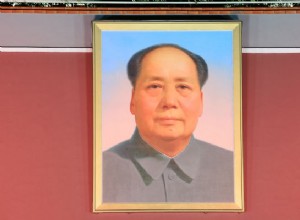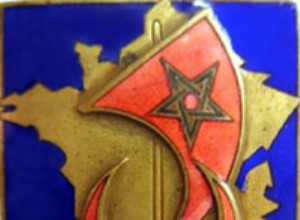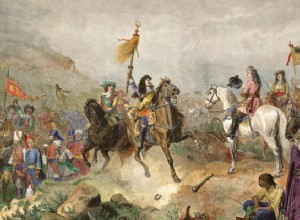Mao Zedong he was one of the greats of China in the 20th century. He became a communist during his youth and joined the Chinese Communist Party (CCP) in the 1920s. . He managed to take over the power of China in 1949, with the victory over the nationalists.Mao Zedong was one of the most powerful fig




